The Ministry of Transport is seeking comments on the Draft Circular promulgating National Technical Regulations on technical safety quality and environmental protection for automobiles (hereinafter referred to as the Draft Circular).
Notably, if the Draft Circular is approved, for the first time the type of vehicle "mobile home vehicle" will be specifically regulated in the National Technical Regulations.
Specifically, a mobile home vehicle is defined as a specialized passenger vehicle, designed to meet basic living space and equipped with minimal equipment.
The equipment is arranged and installed firmly in the living compartment of the vehicle. However, these devices are designed to be easily removed/installed and changed in function.
Regarding requirements, for this type of vehicle, the maximum number of people allowed to be carried (including the driver) is only equal to the number of sleeping places arranged on the vehicle.
In addition, the living compartment of the vehicle may only be used when the vehicle is stopped/parked. Minimum equipment requirements in the living area include: Sleeping space (can be converted from a seat); living table and chairs; cooking equipment; sanitary equipment; storage/cabinets.
All objects, accessories and interior equipment must not have sharp edges or corners and must be arranged and installed in the vehicle to ensure that they are not displaced, fixed in position, and capable of minimizing the risk of injury to everyone when the vehicle is stopped/parked or moving.
For travel seating arrangements, they must be positioned towards the front of the vehicle (including the driver's seat) and facing forward in the direction of travel. These seats must be equipped with seat belts. Swivel seats that can be used as travel seats must have an easy-to-use anti-swivel locking mechanism to position the seat in the direction of travel.
For sleeping space, it is arranged in the living compartment of the vehicle. The sleeping area is arranged above the driver's seating area or on the upper floor and can be fixed or sliding or can be removable (bunk bed type).
The minimum width for each single sleeping space is 480mm. The bed can be converted from a seat (to form a sleeping mattress) if the minimum size requirement is met after conversion. The sleeping space structure is securely fixed by rivets or bolts/welds to the floor or side of the vehicle.
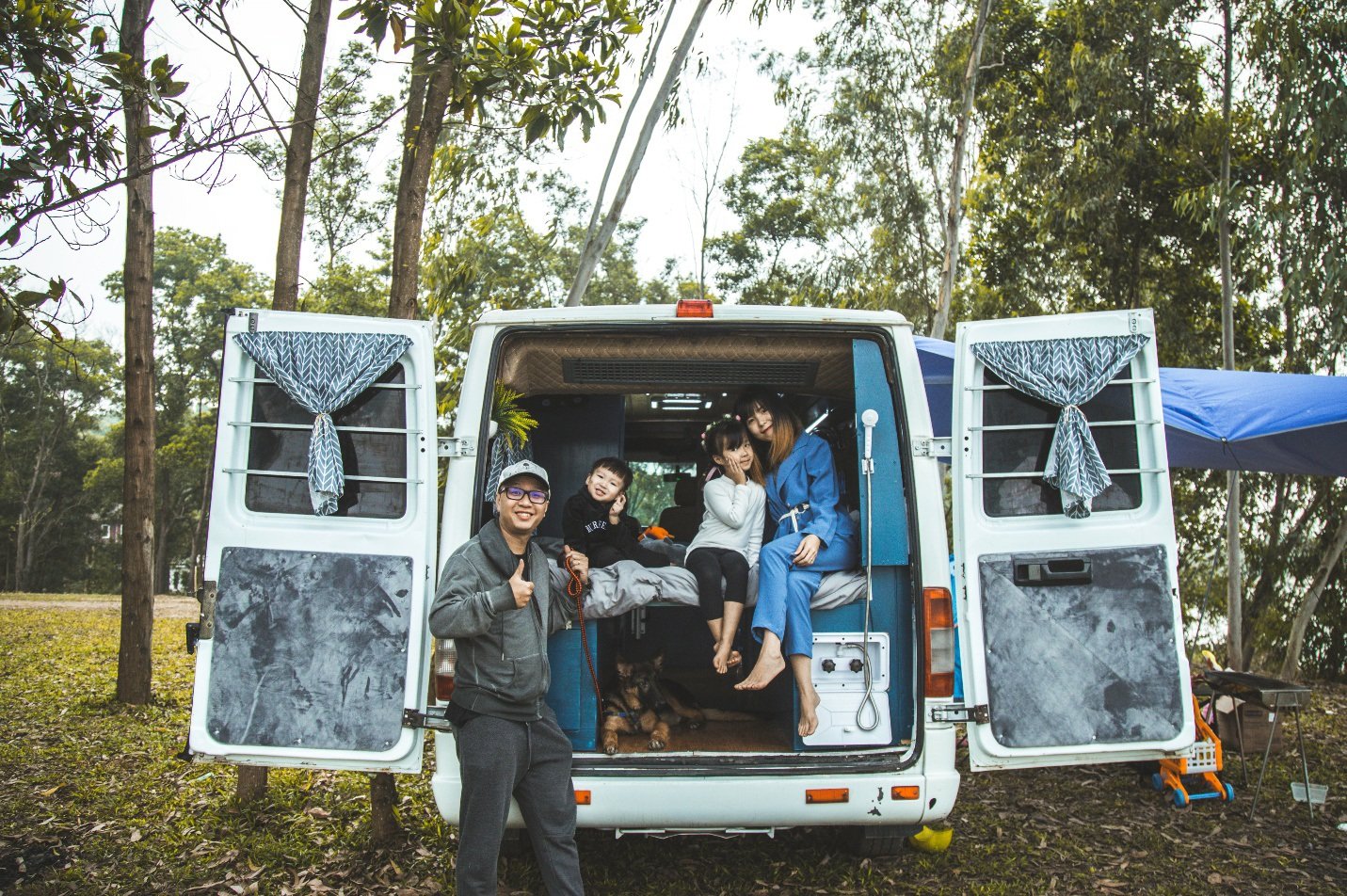
Traveling by mobile home is not an unfamiliar form in many Western countries and has gradually entered Vietnam.
For the living table, the installation position must be fixed. The table can be disassembled or folded. When moving, it must be firmly fixed by rivets or screws/welded to the floor or side of the vehicle. The position of the seats must be ensured to be suitable for use with the table. The seats must be fastened directly to the floor and/or side of the vehicle.
The passenger compartment access door of the vehicle shall be provided with at least one door on the right side or rear of the vehicle. In addition, the vehicle shall be provided with at least one separate passenger compartment access door of the outward-opening or sliding type on the passenger side or rear of the vehicle.
For the electrical system serving daily life, it must be designed independently from the general electrical system of the vehicle. This system must have safety protection devices. The backup power storage system must have the appropriate capacity to ensure the supply of electricity for minimum needs for a certain period of time. At the same time, it must be calculated and designed in accordance with the general standards of the grid power system.
Solar panels can be installed to provide power to the living area. In this case, the electrical system must comply with solar power system standards.
For the sanitary system, sanitary equipment and bathrooms (if any) must be installed, either fixed or mobile, ensuring that waste and wastewater are collected in containers.
Cooking equipment can be installed inside or outside the vehicle depending on the design, using fuel suitable for the capacity of the solar power system, electricity and electrical equipment serving the vehicle's daily activities. Natural gas and liquefied petroleum gas cannot be used as fuel.
In particular, the vehicle must be equipped with at least two fire extinguishers of at least 2kg each. One extinguisher must be located near the driver's seat and the remaining extinguishers must be securely mounted in the vehicle's living space in a visible and accessible location .
Source






































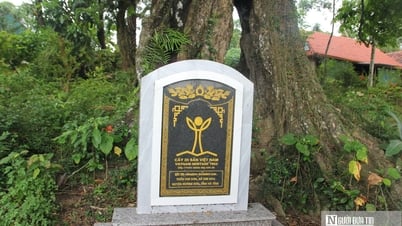

![[Photo] General Secretary To Lam and National Assembly Chairman Tran Thanh Man attend the 80th Anniversary of the Traditional Day of the Vietnamese Inspection Sector](https://vphoto.vietnam.vn/thumb/1200x675/vietnam/resource/IMAGE/2025/11/17/1763356362984_a2-bnd-7940-3561-jpg.webp)










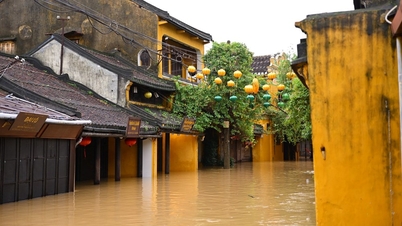












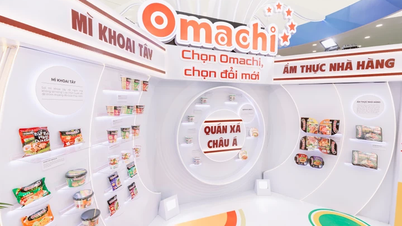








































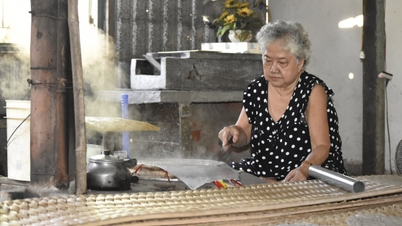







Comment (0)